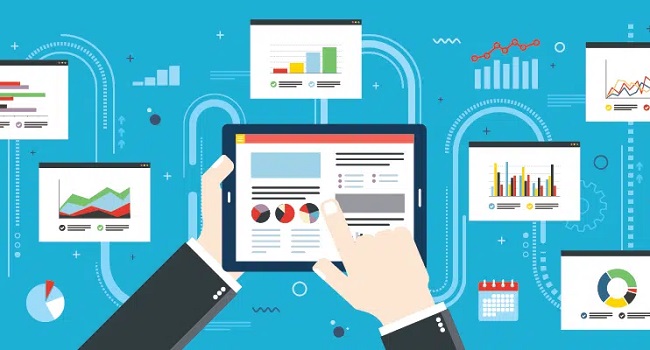Henry Gantt’s Gantt charts, developed in the early 20th century, are credited with introducing the notion of project management. But, during the past decade, contemporary project management technology has made these practices commonplace in businesses of all sizes.
PWC showed that 77 percent of high-performing teams make use of such tools. Coincidence? To our knowledge, that is not the case. The question therefore becomes, what precisely is project management?
According to the Project Management Institute, “a project is a temporary, unique initiative with a specific set of activities designed to fulfill a singular goal,” and it typically requires the cooperation of many different people.
The project is then managed by applying the acquired information, abilities, and resources to the project’s tasks in order to achieve the desired results.

There are five stages in the project management life cycle: initiation, analysis, planning, execution, and monitoring and control. The overarching purpose of all of this work is to speedily execute high-quality projects.
Best Product Management Software
There are a plethora of project management software and productivity apps available to help you focus on projects and tasks with laser precision.
We’ve compiled a list of the top project management tools to help you sort through the chaos and move your team closer to the promised land of maximum efficiency.
1. Hive
Hive is an all-inclusive, user-friendly program that can replace all of your other project management applications. Hive is different from other software since it is the first democratic productivity platform in the world.
However, could you please elaborate? Based on discussions in the Hive Forum, new features are continuously being created for Hive.
Hive is dedicated to developing a project management software that meets your specific needs so that you may operate more efficiently and effectively. Only this one product was designed with input from actual customers.
2. Trello
Whether you have a small team or are working on a solo project, Trello is an excellent solution. It uses the Kanban board method of project management, which was developed in the 1940s by an industrial engineer. To use Trello, you must first create “cards,” which you can then arrange in “phases” on the board.
You can make the experience more engaging by inviting team members to collaborate on a board with you, as well as by using color coding and attaching photos or files to the cards. The fact that you need to establish two separate boards if you want to manage two separate, larger projects is a major drawback of Trello.
3. Monday.com
Why I Chose Monday.com: Monday.com has everything I need to manage my projects, from tasks and resources to time and teamwork. Users can do things like add files, comments, tag teammates, and more to their cards.
It also has a fantastic reporting dashboard for projects that can consolidate information from many boards for more precise progress monitoring. You may utilize monday.com to keep tabs on billable hours, project deadlines, and paid bills, but it’s not a replacement for a full-featured accounting and invoicing suite.
4. ClickUp
ClickUp is a robust tool for managing and finishing all of your team’s projects in one place. Users may interact and collaborate with team members and visitors in a centralized workspace where they can also organize projects, schedule tasks, manage resources, and more.
Reasons I choose ClickUp: ClickUp allows users to make and modify wikis and documents together. Users are able to communicate and collaborate more effectively by leaving comments on documents and assignments, assigning remarks, and chatting with other members of the team.
There are six predefined report kinds and a custom dashboard builder available for team reporting. The ability to filter, sort, search for, quickly reorganize, and view tasks in the mnner most convenient to the team are just some of the task management tools. Gantt charts, calendars, and timelines can also be made to display projects.
5. Wrike
Wrike is an award-winning project management platform that supports an infinite number of users, making it ideal for teams of five or more. Workflows, dashboards, reports, and even request forms can all be modified by the user thanks to the tool’s extensive configuration options.
Here’s why I went for Wrike: Users of Wrike can prioritize their work in a number of different ways because to the flexibility provided by the platform’s intuitive interface. It lets them quickly switch between Kanban boards, interactive drag-and-drop Gantt charts, and more classic workload views.
Moreover, Wrike allows for real-time communication and collaboration in addition to task lists, subtasks, timetables, shared workflows, file sharing, and more. Tools for reporting project performance, allocating resources, and more are at users’ disposal.
Conclusion
The complexity of projects continues to rise. Why? Since working remotely and in distributed teams is increasingly common. Considering the already intricate nature of our industry, it’s critical that we select the appropriate project management software to facilitate effective communication and cooperation between our teams.
You can accomplish all of that and more with the help of the tools on this list. Notwithstanding their differences in the features and integrations they give, I hope that the summaries I’ve provided will help you choose between them.
















